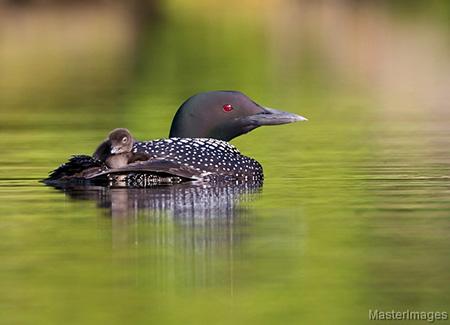Impacts of Recreation Activity on Wildlife Communities in the Adirondacks

NSRC researchers established a baseline understanding of human recreation impacts on wildlife communities in the Adirondack Park of New York. Researchers developed a spatial model of estimated recreation visitation and summarized measures of recreational use from two sources of observations. They applied these models in combination with large-scale and long-term data to examine potential impacts of recreation on bird and mammal communities. They also implemented a pilot field study to test methods for monitoring exposure of shoreline and upland habitats to water-based and shoreline recreation activities.
Findings demonstrate that sensitive species and habitats are impacted by human recreational disturbance. These include habitats such as wetlands and species groups such as lowland boreal birds and other songbirds, as well as certain mammals. Researchers found that numbers of loons and their number of years on a lake were related to timing of recreational activity between ice out and Memorial Day and types of recreational activity such as Jet Ski, paddle board, swimming, waterskiing, and tubing. Boreal birds were less likely to colonize sites with high rates of human visitation and more likely to become locally extinct in these locations. Increasing human presence was associated with decreased abundance of large-bodied mammals and those with large home ranges.
Lack of available recreation data and challenges of modeling recreational use at unmeasured sites indicate the need for systematic monitoring of recreation visitation and additional investigations of potential impacts to wildlife. Efforts can inform ongoing recreation management and support decisions regarding designated use of new conservation land acquisitions throughout the Northern Forest.
